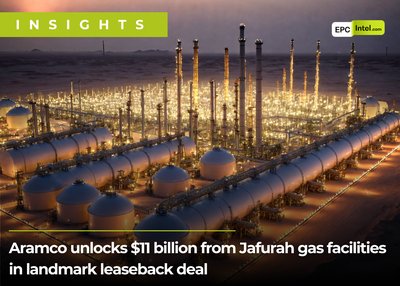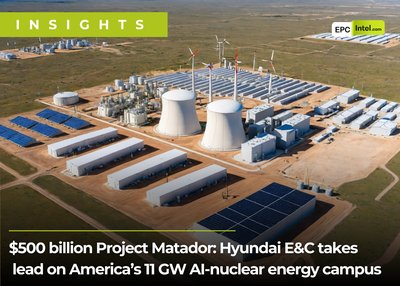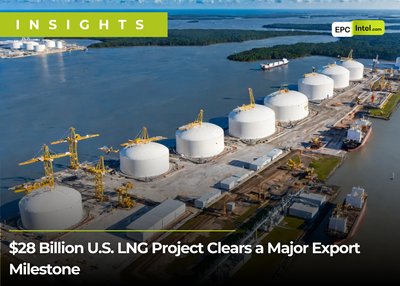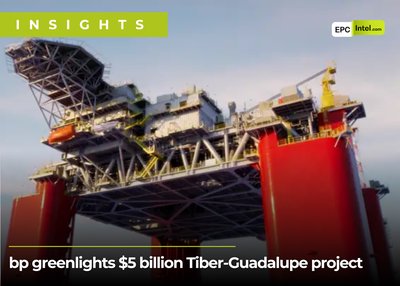Saipem and Subsea7 to merge: What the €43 billion backlog means for suppliers and service companies
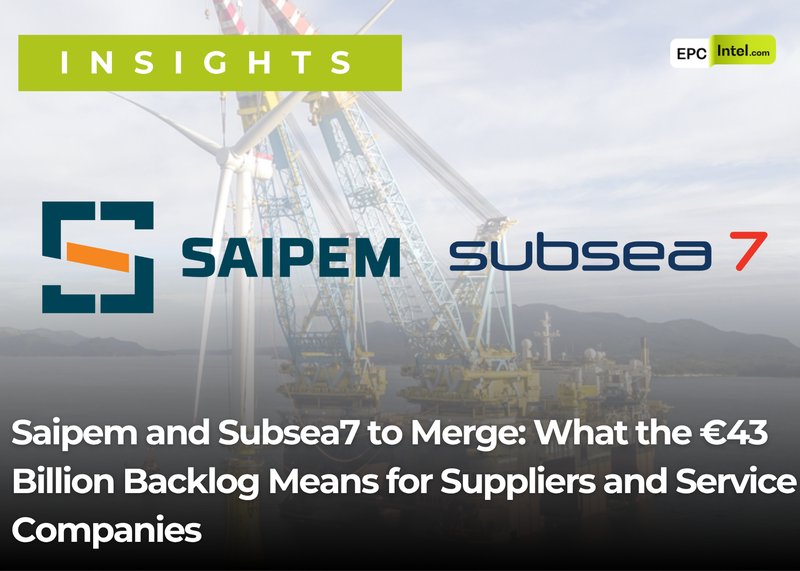
The long-anticipated merger between Saipem and Subsea7 is now official. The two giants have entered into a binding agreement that will see them combine to form Saipem7, a global heavyweight in energy services. With a projected annual revenue of €21 billion, an EBITDA over €2 billion, and a backlog of €43 billion, this combination marks a seismic shift in the offshore engineering and construction landscape.
For EPC suppliers, marine services firms, engineering houses, and manpower providers across the value chain, the implications are significant and the opportunities are global.
Why This Merger Matters
-
Scale, Scope and Spend: Saipem7 will operate across more than 60 countries with no single country representing over 15% of its total backlog. That geographical diversity spreads opportunity for local and regional vendors to enter new supply chains or deepen existing ones.
-
Vessel and Asset Fleet Synergies: The merged entity will manage a diversified fleet of 60+ vessels, including high-end S-lay, J-lay, reel-lay and heavy lift capabilities — plus market-leading offshore wind installation assets. Maintenance, crewing, vessel modification, and OEM support businesses stand to benefit from consolidated scheduling and broader asset utilization.
-
€300 Million in Annual Synergies: The merged company has identified synergy targets in procurement, vessel utilization, marketing and project execution. This signals a tightening of preferred supplier lists — but also a major expansion of activity. Vendors offering flexible chartering, regional yards for repairs and upgrades, and digital optimization tools could be part of the cost-saving equation.
Offshore Wind and Subsea7’s Future
A key part of the plan is the formation of an operationally autonomous company called Subsea7, a Saipem7 Company, which will house all of Subsea7’s legacy operations along with Saipem’s Asset Based Services, including offshore wind. Headquartered in London, this unit alone will account for 84% of group EBITDA based on recent performance.
This is a major flag for companies supporting subsea construction, offshore wind installations, and long-term asset maintenance. With decarbonization driving larger, more complex marine energy projects, Subsea7 will be a key target for partnerships in installation, fabrication, subsea equipment, mooring systems, cable laying, and even marine logistics.
What’s Next?
The merger is set to close in the second half of 2026, pending regulatory and shareholder approvals. Both Saipem and Subsea7 will pay out significant dividends in 2025 and 2026, reflecting the financial strength and confidence underpinning the deal.
For companies in the EPC / Engineering and Construction value chain, now is the time to:
-
Map out Saipem7’s future procurement hubs and project hotspots
-
Align offerings with offshore wind, subsea engineering and heavy lift operations
-
Position for framework agreements and preferred vendor status across the expanded group
This deal isn’t just about consolidation at the top. It’s about scale, standardization and growth across global energy infrastructure. The opportunity is out there for companies who know how to plug into it.
Want to track the projects, contracts and suppliers set to benefit from Saipem7’s €43 billion backlog? Check out more at EPCIntel.com.
